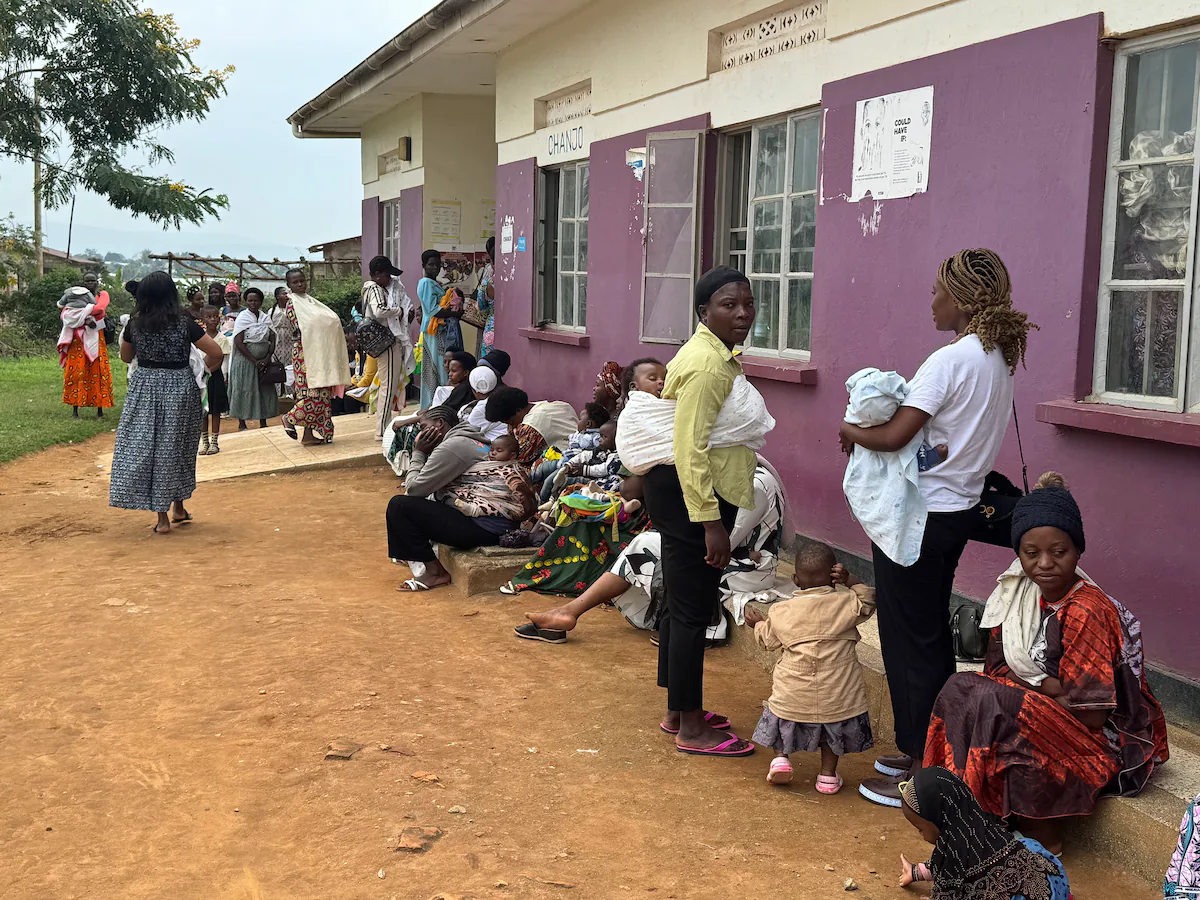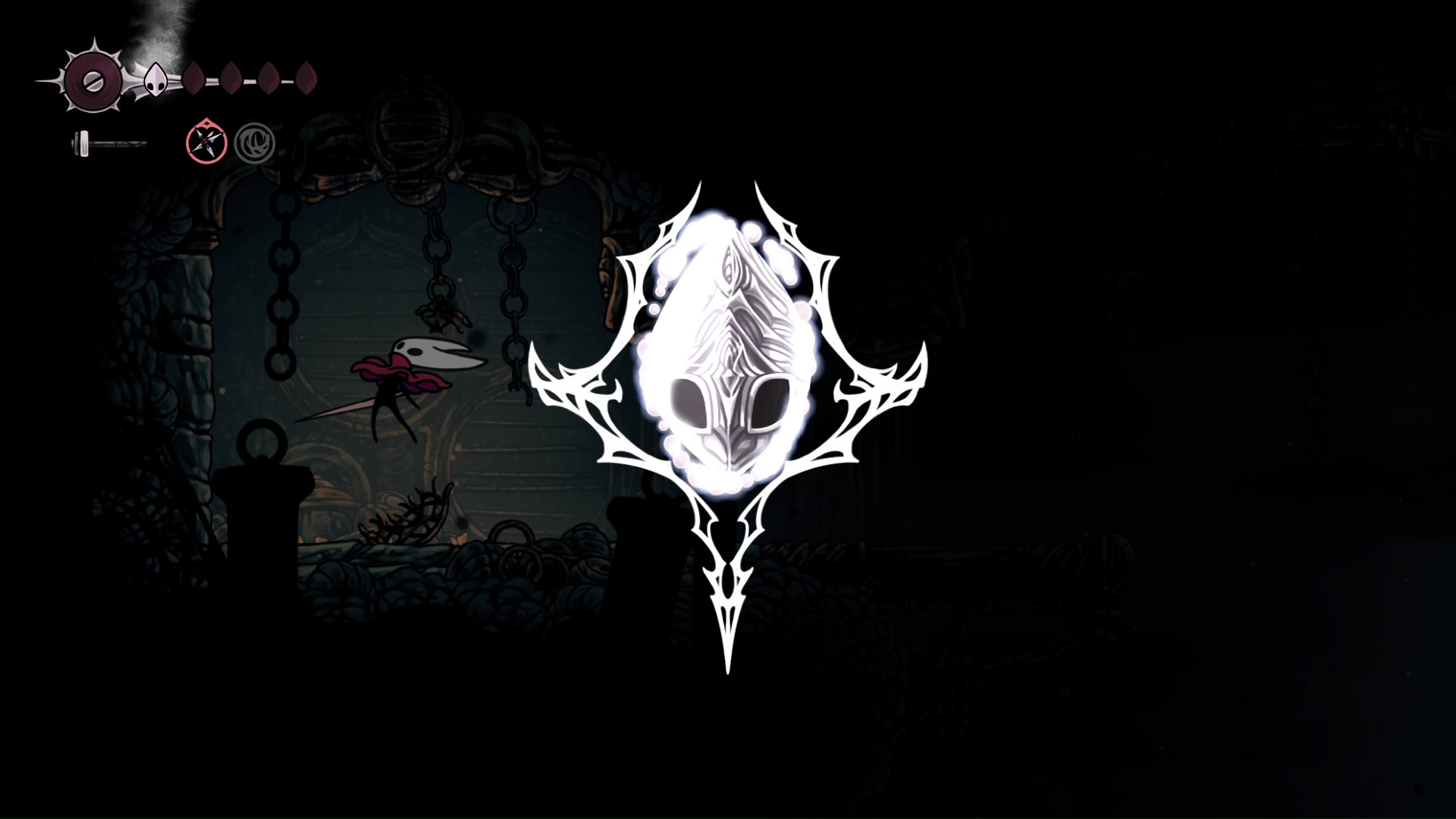
Rwamwanja, Uganda • President Donald Trump’s cuts to humanitarian assistance abroad have hurt all kinds of people. But from what I see on the ground, those suffering the most are women and girls — and that will leave all of us, including men and boys, worse off.
Sometimes the cuts don’t directly target girls, but when families are stressed it is girls who pay the highest price. In Rwamwanja, a Congolese refugee settlement I visited in southwestern Uganda, aid cuts led to reduced food assistance and to the layoffs of 88 teachers; the result was that thousands of students dropped out of school in the last few months, and the great majority of the dropouts were girls.
“Only about one-quarter of our schoolchildren are girls now,” said David Mugenyi, the settlement’s commandant. Until a few months ago, it was close to 50-50, he said.
He explained that 70% of families in the settlement lost their food assistance around May, and when households are economically pinched, they pull their daughters out of school to fetch firewood and water, to mind younger siblings, to work in the fields or to sell vegetables in the market.
To travel through these impoverished villages east of the Congolese border in the aftermath of aid cuts is to see a kaleidoscope of pain shared by all but felt most acutely by women.
Karungi Kevin, 46, survived sexual assault in Congo that left her with serious health complications. She fled in February to Uganda, where cuts in health services have left her struggling to get care. Women’s health programs have been particularly hurt by funding cuts.
As medical care evaporates, it is moms who die in childbirth. As food disappears and babies cry from hunger, some overwhelmed husbands abandon their wives and children. As social order unravels, it is mostly girls who are raped — and then are scorned for having been raped. And when times are desperate, it is girls like Alice Mugisha who are married off against their will.
“I cried when my dad told me to get married,” Alice said. “But when the food aid got cut off, he said I had to marry.” So three weeks before I arrived, she married.
I gingerly asked how she was doing.
“I’m happy,” she told me dully, although she seemed near tears. She hadn’t eaten in 24 hours and had little hope that her husband would return from the fields that evening with something to eat.
Alice didn’t know her birth date but thought she might be 17 or 15. So I drove to her family home to check refugee documents that might indicate her age. That remains uncertain: Her father, Francis Twagira, showed me a not-very-reliable document suggesting she was 18 or 19.
I asked him why he had married Alice against her wishes. He was regretful but unapologetic.
“It was important for her to get married because we were broke,” Twagira said, adding that he had received a bride price from the husband’s family of $140. “If aid was still coming, Alice would remain with us.”
He then pointed to a younger daughter, Muhawe, who the documents say is either 12 or 13.
“If the situation continues like this, I will have to marry Muhawe off as well,” he said.
I tried to ask Muhawe what she thought of that, but she was too terrified to say anything at all.
As I’ve noted many times, there are reasons of self-interest to be alarmed about Trump’s aid cuts. Diseases are global, so if we lose health surveillance abroad we are more vulnerable to epidemics at home. Failed states produce waves of migration that eventually reach us. Humanitarian assistance is a tool of foreign policy: We confront China with submarines but also with humanitarian assistance programs meant to cultivate soft power.
But to me the most powerful argument is ethical: If we can easily and cheaply save children’s lives, we should do so. And after decades of providing assistance that people rely on and that saves an estimated 3.3 million lives a year, we shouldn’t suddenly pull the rug out from under them with no time to adjust.
Men and boys are hurt as well by the collapse in medical assistance, but women seem to be particularly suffering because of a crisis in reproductive health care — and already one of the most dangerous things a girl can do in places like this is to reach puberty or, even more perilous, become pregnant.
In one health center, I came across a 14-year-old girl, Shamim, who was pregnant, expecting in October, and as a result had dropped out of school. I asked about her boyfriend, but it turned out there wasn’t one.
“I was raped,” she explained. “He used force.”
Shamim said that the sharp curtailment of aid had increased crime of all kinds, from theft of food to assault. She used to be safe with others in school or at home, but with the shortages everyone was toiling in the fields and she was alone at home when a man in his 20s found her.
“I didn’t know about sex,” she said softly. “I didn’t know how babies are made.”
The Trump administration has been particularly hostile to reproductive health. It not only defunded the U.N. Population Fund, a leading supplier of contraceptives and a major force for reducing maternal mortality, but also slashed funding for family planning and even has said it will incinerate almost $10 million worth of intrauterine devices, implants and birth control pills. The Guttmacher Institute estimates that each $10 million reduction in spending on international family planning leads to an additional 362,000 unplanned pregnancies and 718 maternal deaths.
Family planning is now becoming harder to find, patients and doctors said, and when women become pregnant they can’t always get an HIV test — which is necessary to prevent transmission of the virus to babies.
Antiretroviral drugs, often provided by the United States at a cost of 12 cents per day per person, are now also becoming more scarce. Judith Mbabazi, 47, told me that she had tested positive for HIV in March, but still was unable to obtain treatment.
“I was told that I couldn’t get medicines because there’s a shortage and they have to prioritize those who’ve been in care longer,” she said. She began weeping. “My life is in danger,” she said, “and I want to be able to take care of my children and see my grandchildren one day.”
In addition, cervical cancer kills a growing number of women — roughly as many as maternal mortality — and is a horrific and painful ailment. It is sometimes diagnosed by the stink of rotting flesh.
One of the exciting steps forward in global health has been a growing effort to eliminate cervical cancer with vaccinations through GAVI, the Vaccine Alliance, and with screenings. Pap smears are not widely available in poor countries, but an inexpensive alternative is a “vinegar test” in which vinegar is brushed on the cervix, revealing precancerous lesions that can be frozen off with a simple device. This lifesaving care is offered by MSI Reproductive Choices and many other caregivers — but with the United States cutting off support for both GAVI vaccinations and for reproductive health, more women may be destined to suffer excruciating deaths from cervical cancer.
Over the last quarter-century there have been growing efforts to invest in educating and empowering girls, for reasons of justice but also because educated girls are the building blocks of more prosperous and peaceful societies. Yet now there seems a retreat from that vision. The cost will be more women dying unnecessarily, but men and boys will also be losers.



